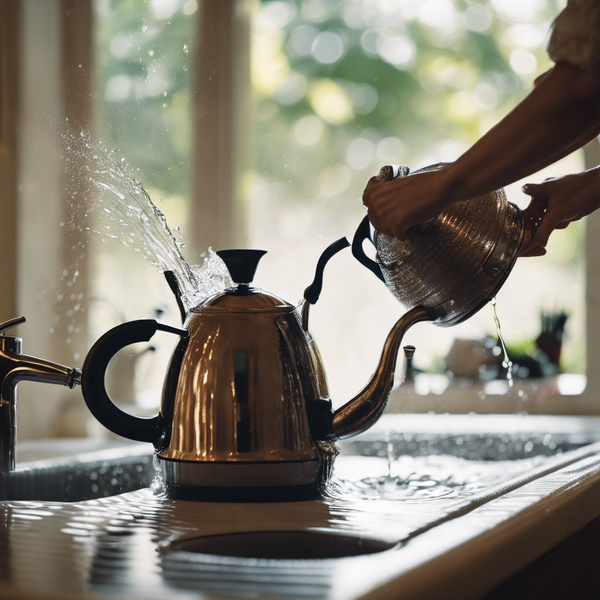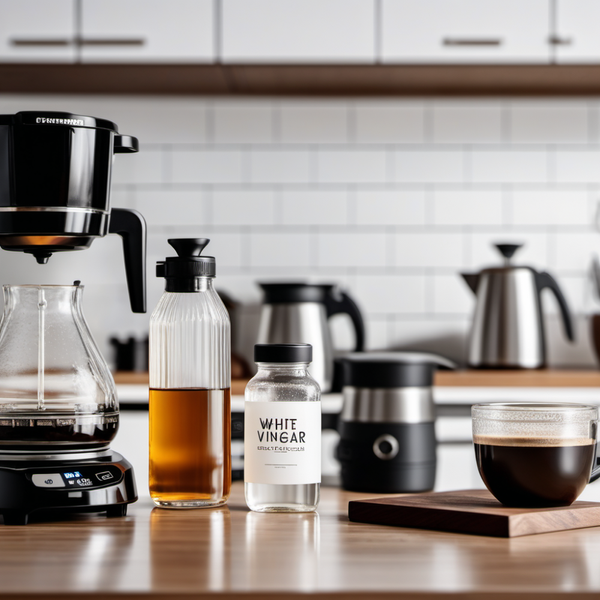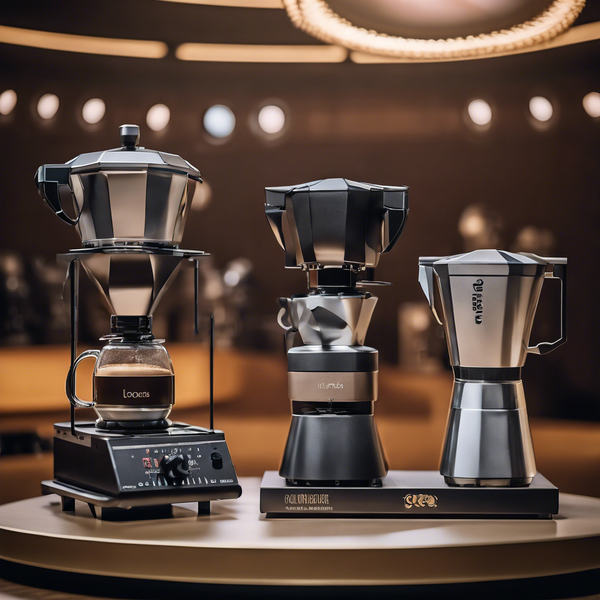Coffee enthusiasts often debate the impact of grind size on the strength and flavor of their brew. Understanding the relationship between grind size and coffee strength is essential for anyone looking to perfect their morning cup. In this comprehensive guide, we'll explore whether a finer coffee grind truly makes your coffee stronger and how you can use this knowledge to enhance your coffee experience.
Key Takeaways:
- Finer coffee grinds increase the surface area in contact with water, leading to a stronger extraction.
- The grind size should match the brewing method to avoid over or under-extraction.
- Consistency in grind size is key to achieving the desired strength and flavor profile.
The Science of Coffee Grinds
When it comes to brewing coffee, the grind size can significantly affect the extraction process. A finer grind means that the coffee particles are smaller, which increases the surface area that's exposed to water. This allows for a quicker and more comprehensive extraction of the coffee's soluble compounds, which can lead to a stronger flavor profile. However, it's important to understand that "stronger" doesn't necessarily mean "better." Over-extraction can result in a bitter and unpleasant taste, while under-extraction can lead to a weak and sour cup of coffee.
The key to mastering the grind is to strike a balance. The goal is to extract the right amount of flavor without going overboard. This balance is influenced by the coffee-to-water ratio, the temperature of the water, and the brewing time. All these factors work in tandem with the grind size to produce the perfect cup of coffee.
Matching Grind Size to Brewing Method
Different brewing methods require different grind sizes to achieve the optimal extraction. Espresso, for example, requires a very fine grind to create the pressure needed for the water to pass through the coffee quickly, extracting a concentrated and strong shot. On the other hand, French press coffee calls for a coarser grind to prevent the coffee grounds from slipping through the press filter and over-extracting during the longer brewing time.
Understanding the requirements of your brewing method is crucial. Using a grind that's too fine for a slow brewing method can lead to over-extraction, while a grind that's too coarse for a quick brewing method might result in a weak and under-extracted coffee. It's all about finding the right grind size for the right method to make your coffee as strong as you prefer it to be.
The Role of Extraction in Coffee Strength
Extraction is the process of pulling the flavors and oils out of the coffee grounds. A finer grind increases the extraction rate because the water can access more of the coffee's surface area. This means that a finer grind can make your coffee taste stronger because it extracts more of the coffee's compounds, including those that give it a bold and robust flavor.
However, there's a fine line between a strong, flavorful cup of coffee and an over-extracted one that tastes bitter. The extraction should be stopped at the point where the desirable flavors have been extracted, but before the less pleasant ones begin to dominate. This is where the art of timing comes into play, and why many coffee aficionados time their brews to the second.
Consistency in Grind Size Matters
To achieve a consistent strength and flavor in your coffee, it's important to have a uniform grind size. Inconsistent grinds can lead to uneven extraction, with some coffee particles being over-extracted and others under-extracted. This can result in a cup of coffee that's both bitter and weak at the same time.
Investing in a good quality burr grinder is one way to ensure consistency in your grind size. Burr grinders crush the beans between two surfaces, resulting in a more uniform grind compared to blade grinders, which chop the beans inconsistently. Consistent grinds contribute to a more balanced and predictable coffee strength.
The Impact of Water Temperature and Brew Time
Water temperature and brew time are also critical factors in determining the strength of your coffee. Water that's too hot can cause over-extraction, especially with a finer grind, while water that's not hot enough might not extract enough flavor, leading to a weak brew. The ideal temperature for brewing coffee is between 195°F and 205°F.
Brew time goes hand in hand with grind size. A finer grind will extract quickly, so it requires a shorter brew time. Conversely, a coarser grind will need more time to extract the same amount of flavor. Paying attention to both the temperature and the time will help you control the strength of your coffee.
The Importance of Coffee-to-Water Ratio
The coffee-to-water ratio is another essential element in the strength of your brew. A higher ratio of coffee to water will naturally result in a stronger coffee because there's more coffee surface area for the water to extract from. Conversely, a lower ratio will produce a weaker coffee.
It's important to measure your coffee and water accurately to achieve the strength you desire. Many coffee aficionados use scales to measure their coffee to the gram to ensure precision and consistency in their brews.
Fine Grind for Espresso: A Case Study
Espresso is a prime example of how a fine grind can lead to a strong coffee. The espresso brewing method requires a fine grind to create resistance against the pressurized water. This resistance is what allows the water to extract a concentrated amount of flavor in a short amount of time, resulting in a small, strong shot of coffee.
The precision required for making espresso highlights the importance of grind size in achieving the desired strength. Even a slight variation in grind size can significantly affect the taste and strength of the espresso shot.
Coarse Grind for French Press: A Contrast
In contrast to espresso, the French press method uses a coarse grind. The longer immersion time of the coffee grounds in water allows for a full extraction without the need for a fine grind. Using a fine grind in a French press can lead to over-extraction and a muddy cup of coffee due to the fine particles passing through the filter.
This method demonstrates that a stronger coffee doesn't always require a finer grind. The strength is more about the right grind size for the right brewing method and the correct extraction time.
Personal Preference and Experimentation
Ultimately, the strength of your coffee comes down to personal preference. Some coffee drinkers prefer a bold, intense flavor, while others enjoy a milder, more nuanced cup. Experimenting with different grind sizes, brewing methods, and extraction times can help you find the perfect balance for your taste.
Don't be afraid to adjust the variables to suit your preferences. Coffee brewing is as much an art as it is a science, and finding your ideal cup is a personal journey.
Summary
In conclusion, a finer coffee grind can make your coffee stronger by increasing the extraction rate. However, it's essential to match the grind size with the brewing method and to maintain consistency in grind size for the best results. Factors such as water temperature, brew time, and coffee-to-water ratio also play significant roles in the strength of your coffee. Remember, the perfect cup of coffee is subjective, and experimentation is key to finding what works best for you.
FAQ Section
Q: Can a coffee grind be too fine? A: Yes, a grind that is too fine can lead to over-extraction, resulting in a bitter taste. It's important to match the grind size to the brewing method.
Q: How does grind size affect brewing time? A: A finer grind will extract flavors more quickly, requiring a shorter brewing time. A coarser grind extracts more slowly and needs a longer brewing time.
Q: Is a stronger coffee always better? A: Not necessarily. "Stronger" refers to the intensity of the flavor, which is subjective. Some people prefer a more robust taste, while others might find it overpowering. It's all about personal preference.







